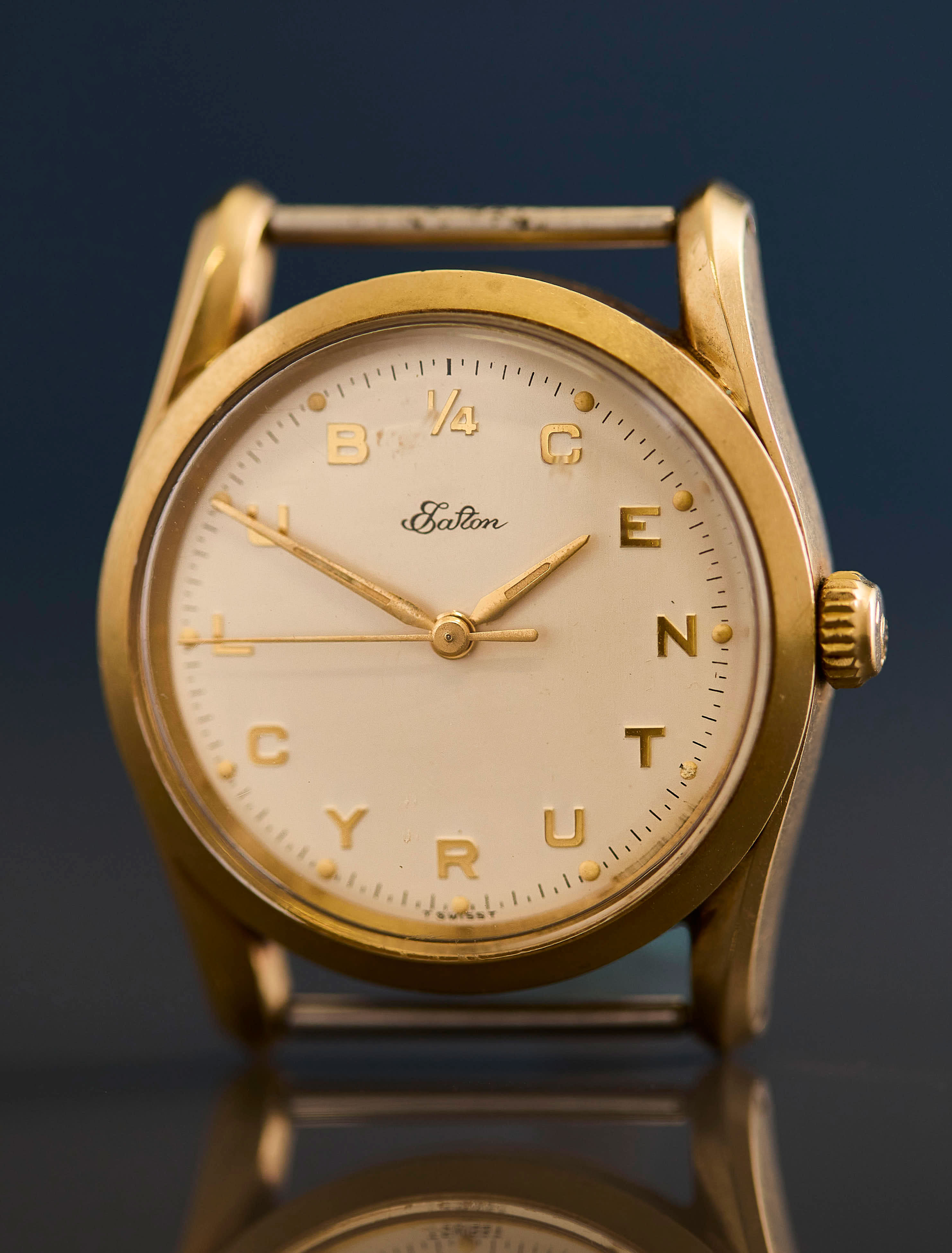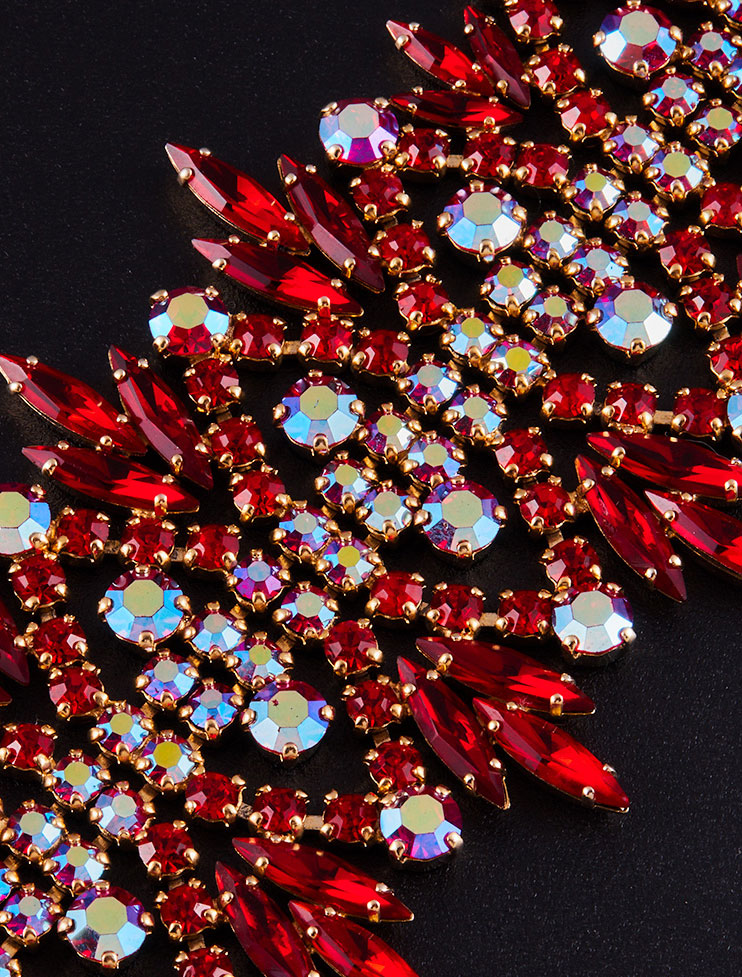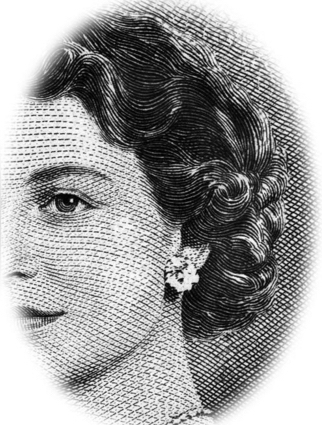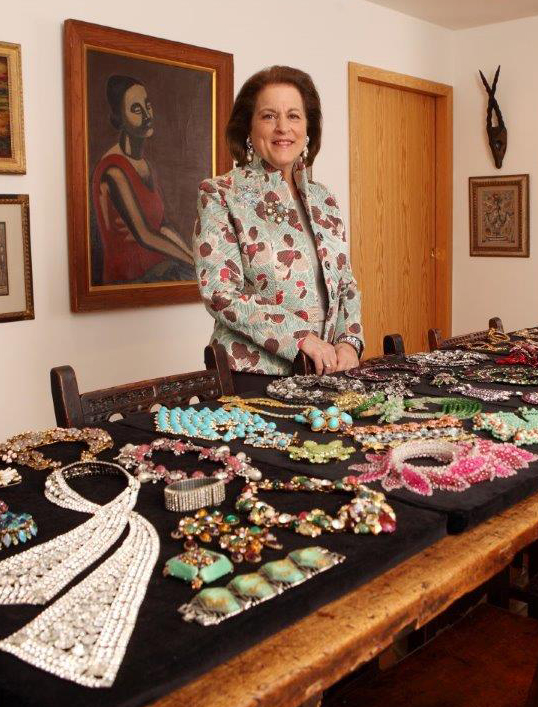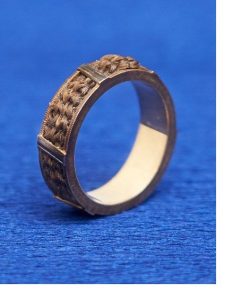
Before the advent of photography, keepsakes made of hair were a common way of memorializing loved ones. Unlike other soft tissues, human hair resists decay due to the nature of keratin, the protein which forms its structure. Keratin contains no water, meaning that hair is insoluble. It is largely protected from consumption, as few organisms can digest it. Unlike similarly decay-resistant bone, hair is easily harvested and simple to work with, making it an ideal medium from which to fashion mementos.
Not all hair work was created to memorialize a dead person. Women would often create jewellery from the hair of companions, children or lovers—in the same way that girls today trade friendship bracelets. There is even a record of John James Audubon’s wife Lucy saving clippings of her husband’s whiskers harvested after a safe return from his final Western expedition.
Hair was seen as a tangible link between two people, be they alive or dead. There is nothing more personal than something that was once part of a living body, and to wear or display hair work was to retain a physical connection—bridging a gap caused by distance or death.
Hair we go
The vogue for hair jewellery began before the 19th century, with the Victorian era representing its zenith. Queen Victoria herself wore a locket of Prince Albert’s hair around her neck for 40 years after his death, setting an example for women across all social classes. Bracelets, brooches, earrings and rings—such as lot 35 in our Estate Jewellery auction—were considered “both sentimental and fashionable.”
Dr. Helen Sheumaker, author of Love Entwined: The Curious History of Hair Work, sees the rise of hair crafts as being tied closely to high mortality rates of the Victorian era, as well as the practice of holding funerals in the home: “Not only were people used to being around bodies that were dying and had recently died, but the kind of associations that we have today of the dead body being a gruesome thing or a frightening thing was a little different.”
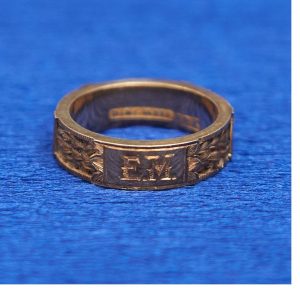
Arts & Crafts
The craft of hair work became a popular drawing-room occupation, on par with knitting, embroidery or crochet. Patterns for hair wreaths, jewellery and other ornamental shapes were spread in books and women’s magazines, and clever practitioners found ways to incorporate hair into articles including purses, book markers, pencil cases, scent bottles, walking sticks and even riding whips. Dr. Debra Schmidt Bach, Curator of Decorative Arts at the New York Historical Society, notes that “hair work was often part of a woman’s training, even in the 18th century when it was related to needlework. By the third quarter of the 19th century, it’s part and parcel of the whole movement of women making crafts to beautify their home.”
Entire industries sprang up to service these trends, particularly in New York City. Writing for Art and Object, Allison C. Meier was able to find a record of a mourning bracelet decorated with diamonds and hair—sold by none other than Tiffany & Co in 1854. Portraits painted using ground up hair were also available to the discerning collector.
ABOUT THE AUCTION
Online from March 19-24, we invite you to browse the full gallery for our Estate Jewellery auction.
Composed primarily of gold jewellery–including numerous examples of good 19th century craftsmanship–this large auction features diamond solitaire rings ranging from 0.35ct to 2.98ct., as well as rings set with a wide variety of gemstones. Highlights include pieces by renowned Austrian designer Elisabeth Defner, a Tiffany platinum and diamond ‘Circlet’ ring, a gold Cartier ‘Love’ bangle, and a good strand of Mikimoto pearls. Look for a wide selection of bracelets, rings, necklaces, cufflinks, earrings, chains and brooches as well as over two dozen pieces set with jade.
Please contact us for more information.
Related News
Meet the Specialists

Donald McLean
Senior Specialist

Livia Miliotis
Associate Specialist



